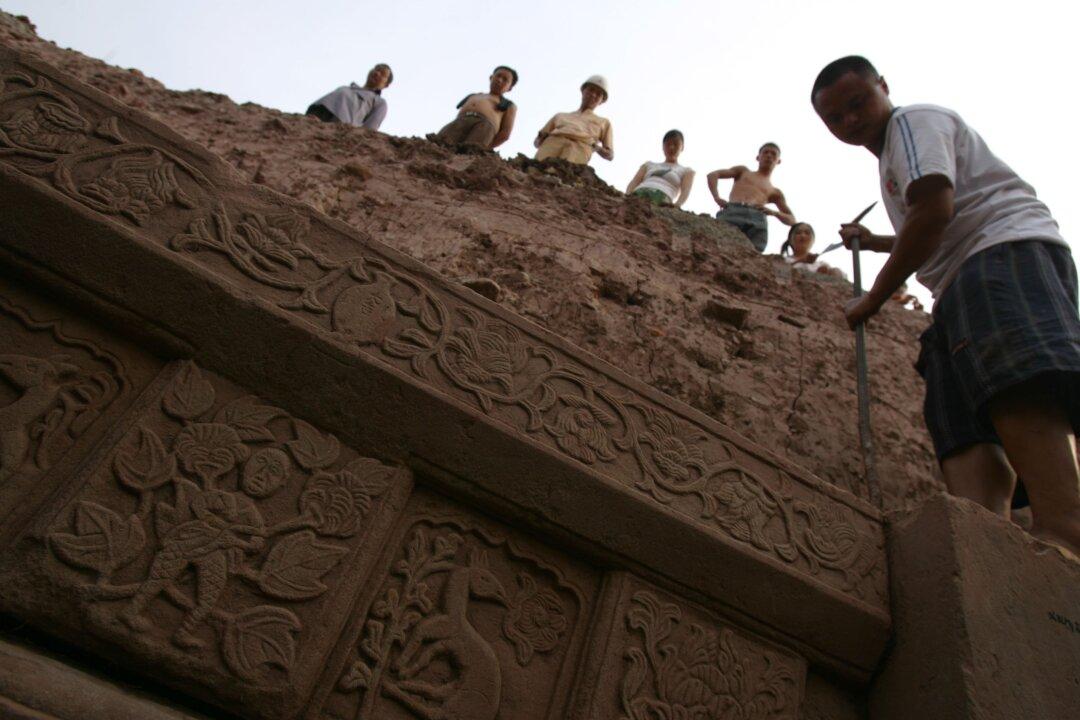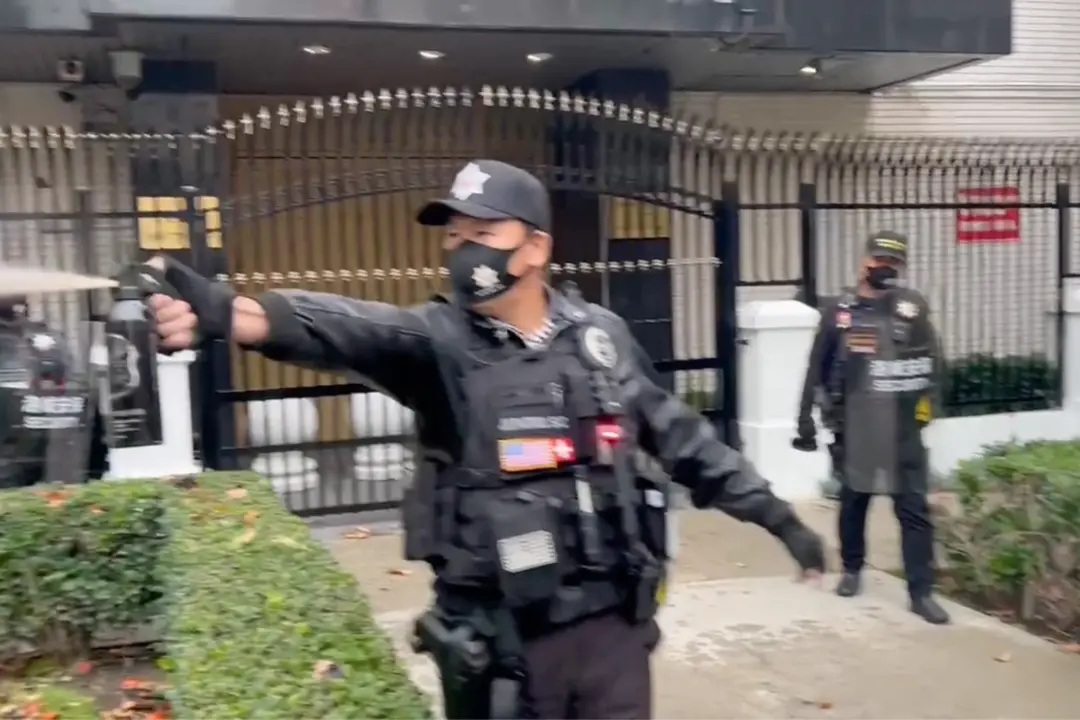“To get rich overnight, raid tombs,” goes a saying in China. It is one that many Chinese with no previous experience in archeology have taken to heart in recent years.
In May 2015, the Chinese regime’s Public Security Ministry said that it had arrested 175 people in six provinces suspected of raiding tombs, the single largest operation for decades. The network of suspected criminals was accused of stealing and trafficking over 1,000 grave relics worth about $80 million.
Four months later Li Xiaoji, the head of China’s cultural heritage protection body, told an influential Party newspaper that the task of safeguarding China’s cultural treasures was “grim” and “severe,” owing to the proliferation of organized tomb raiders equipped with high tech gear, and his own agency’s dire lack of resources.





